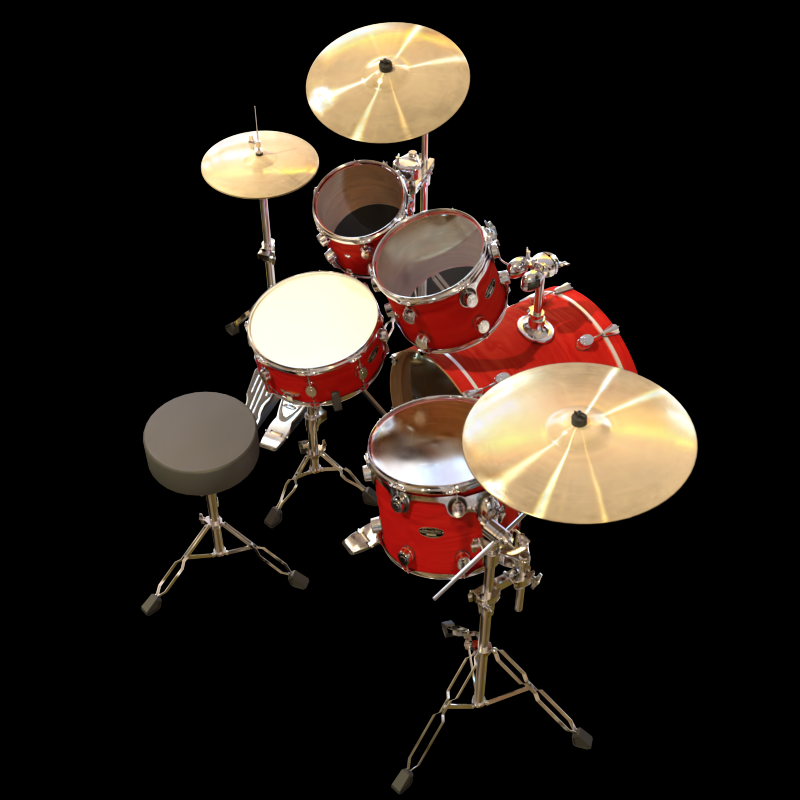
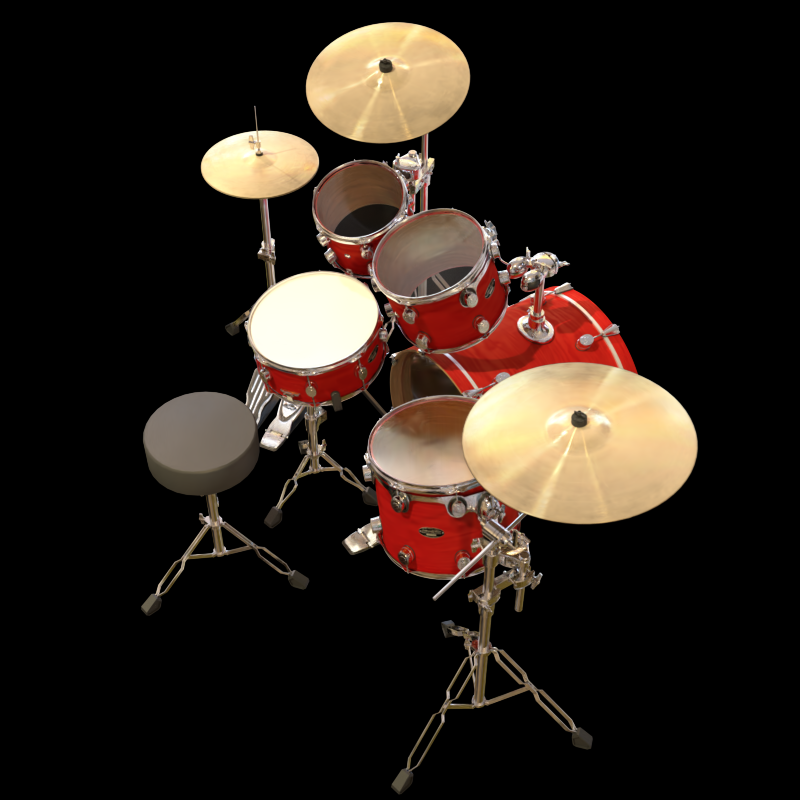


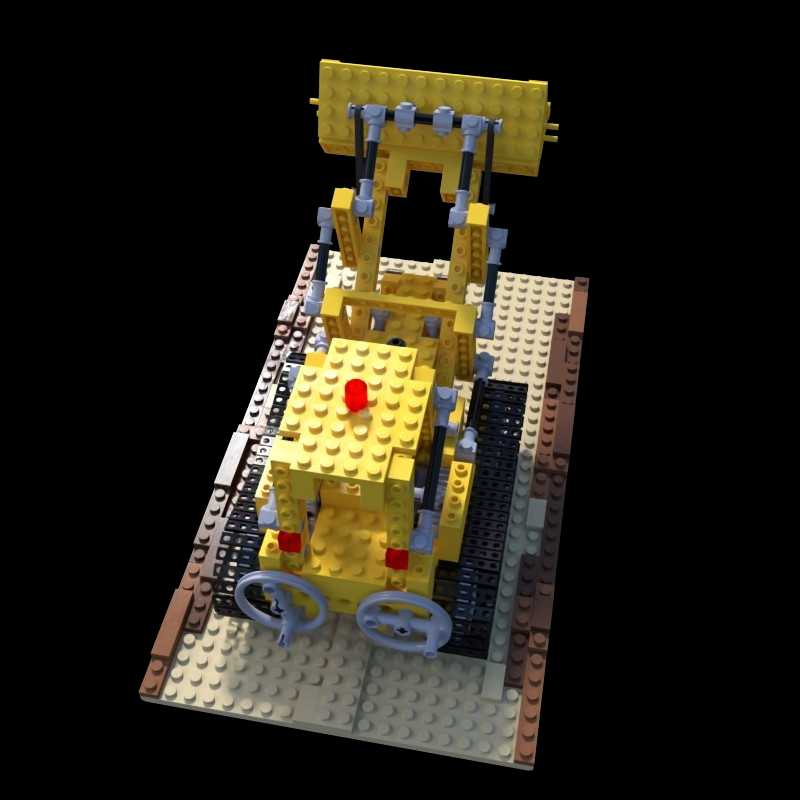
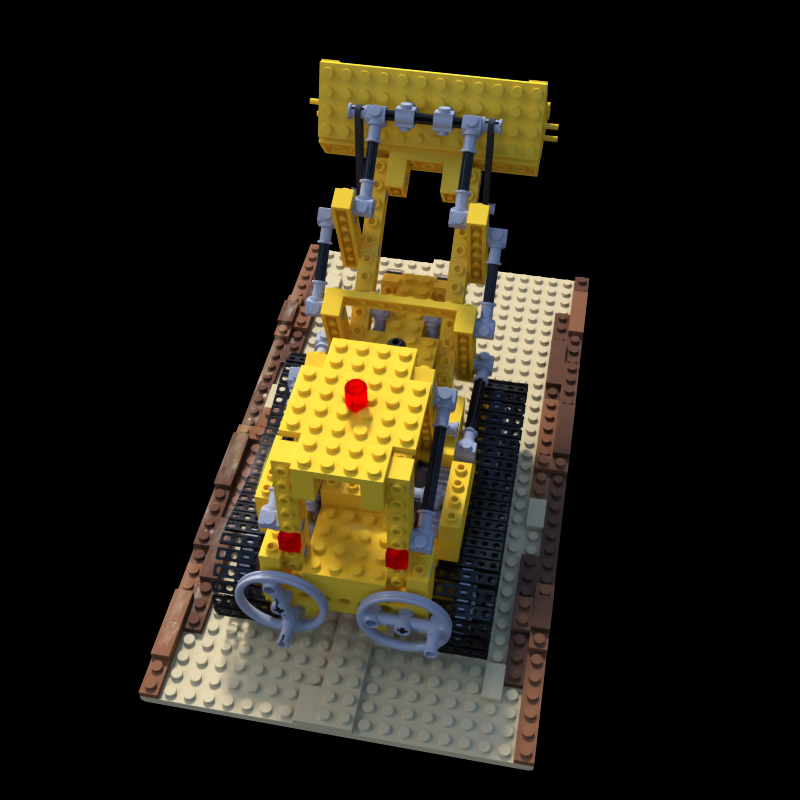


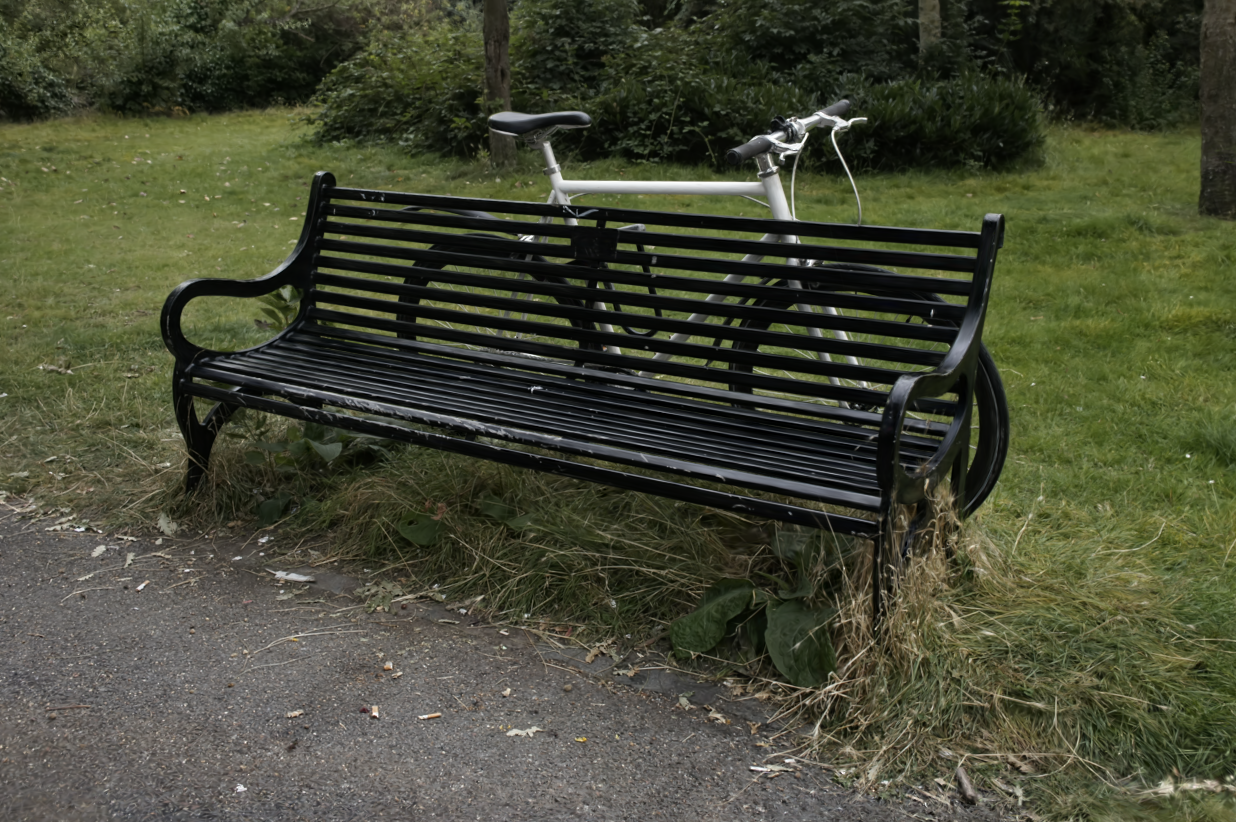
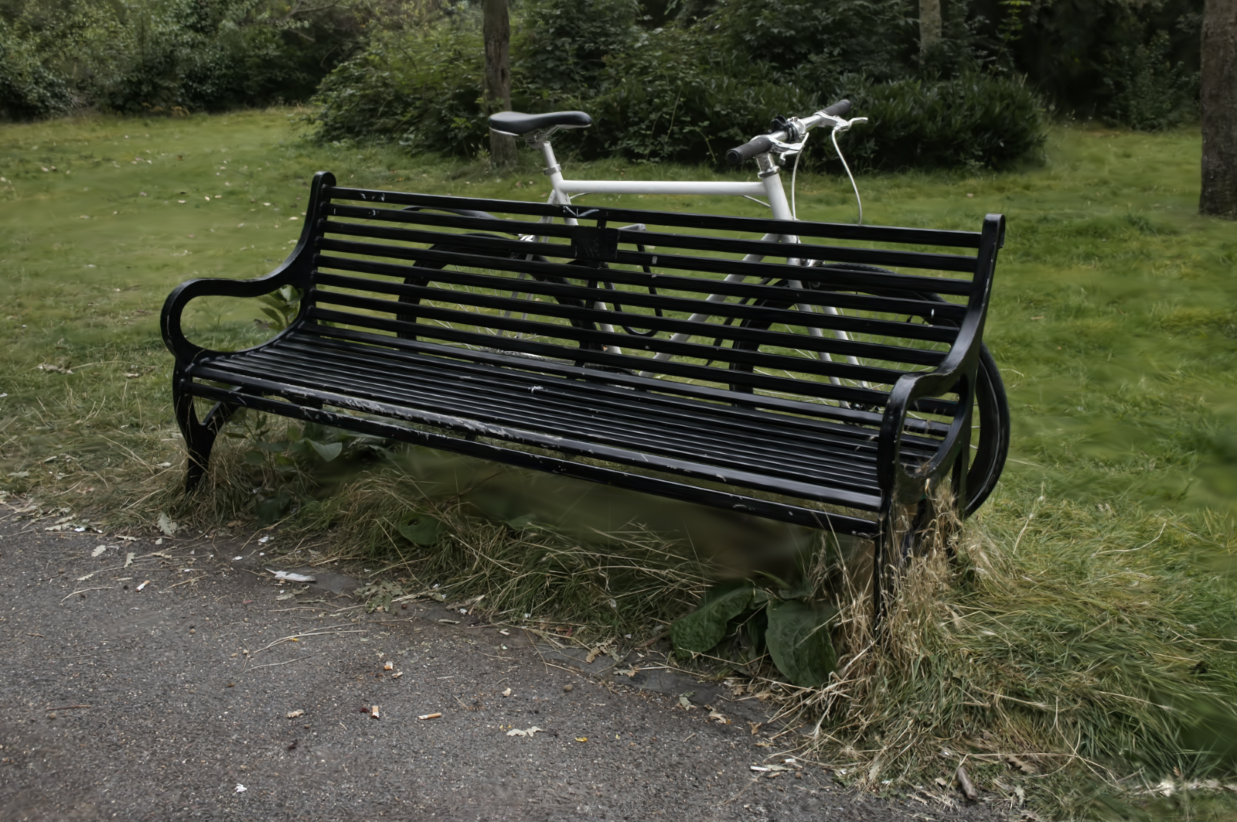
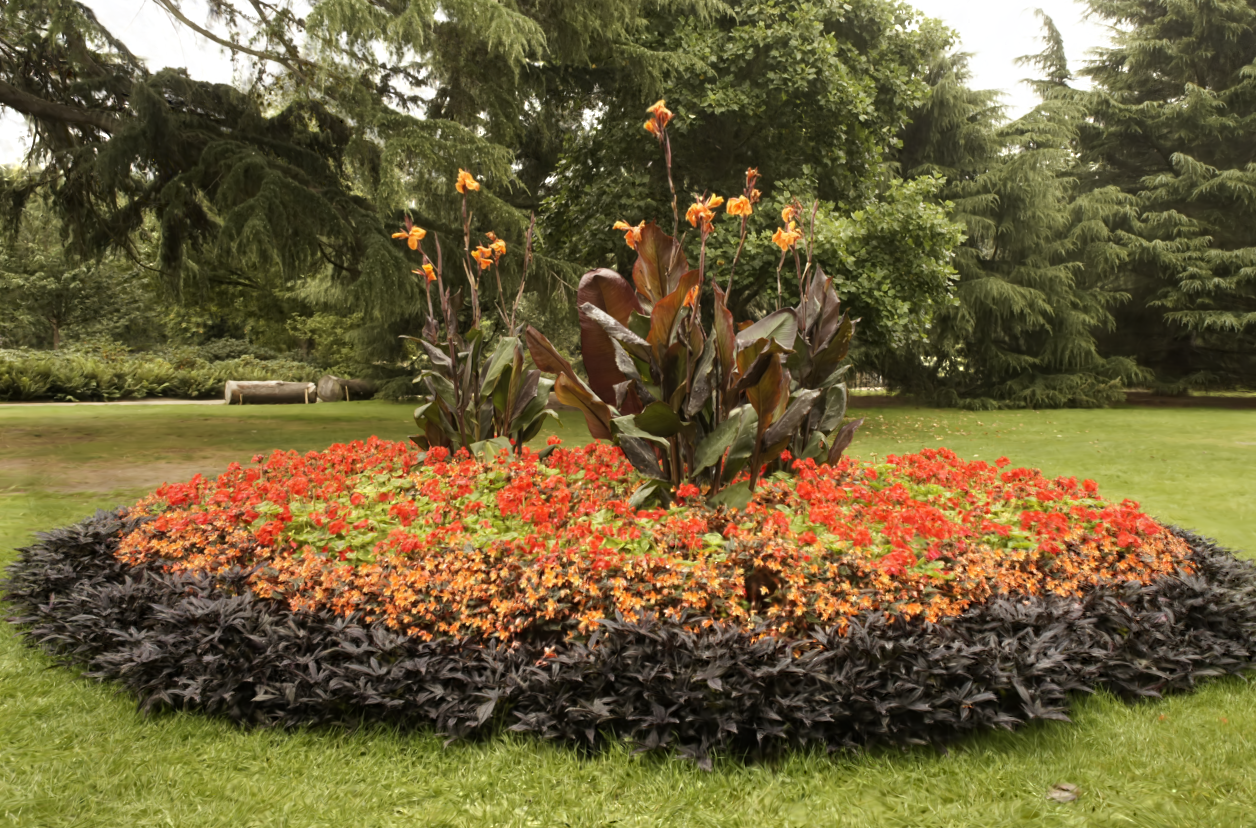
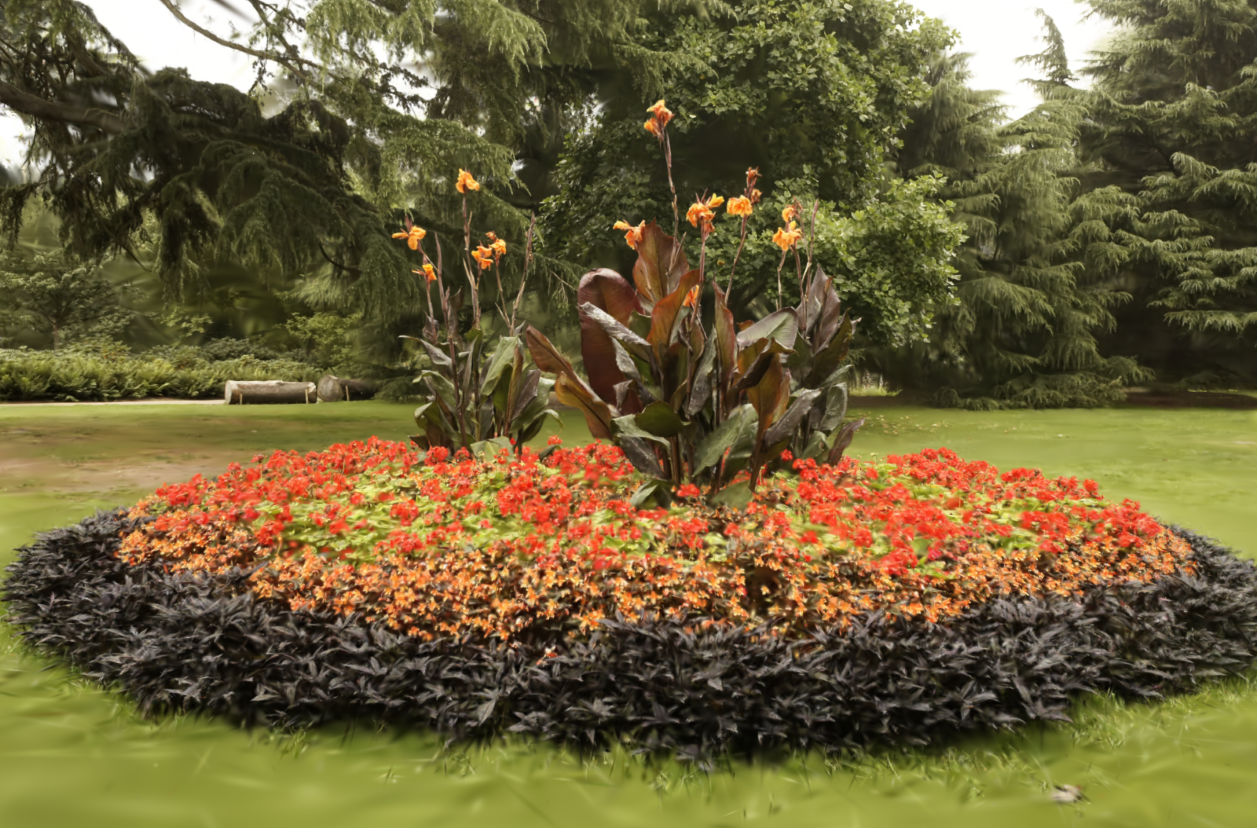
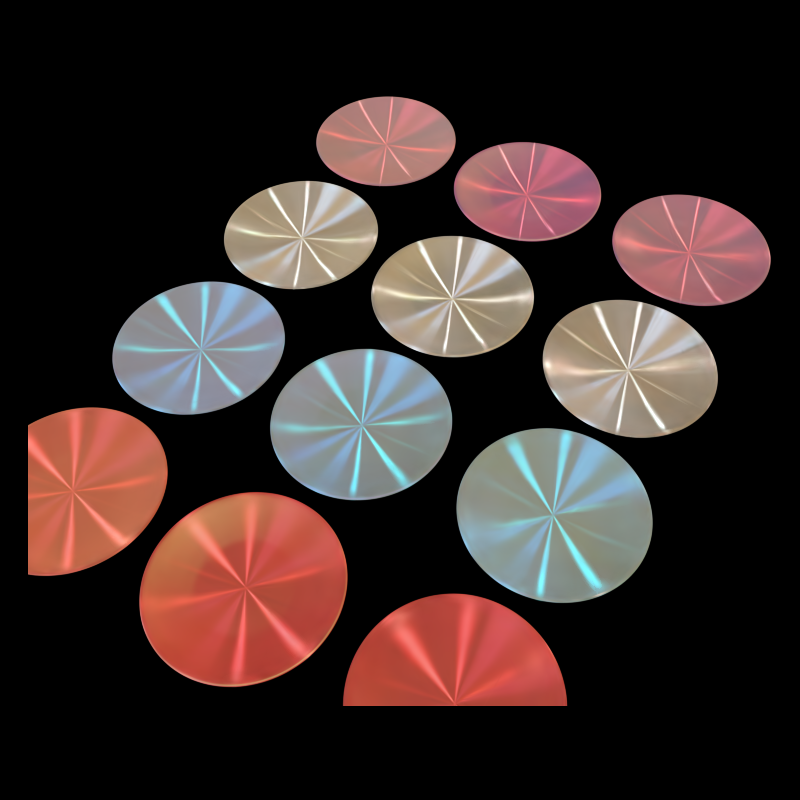
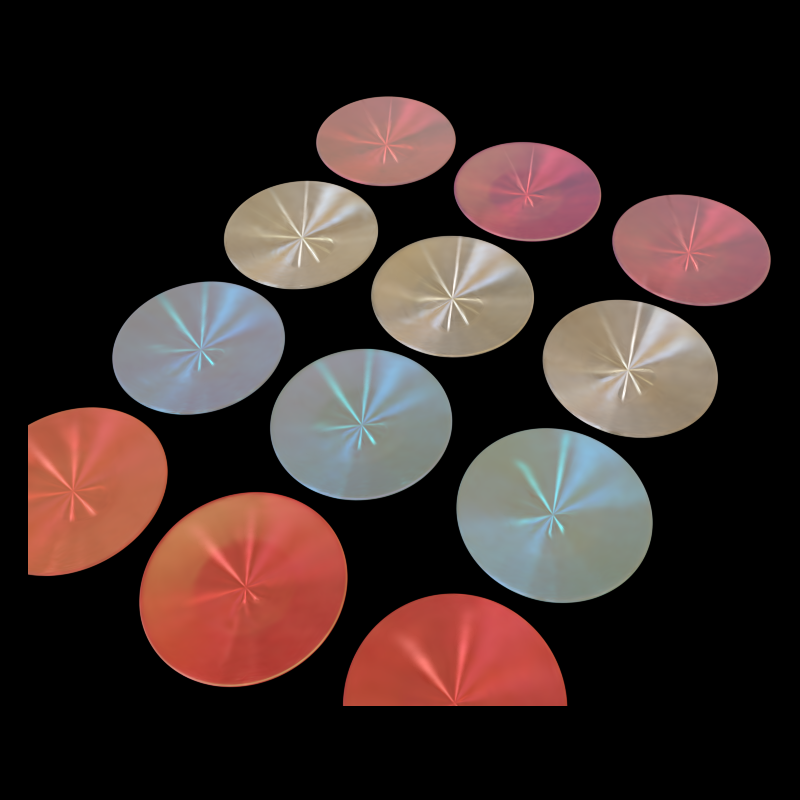

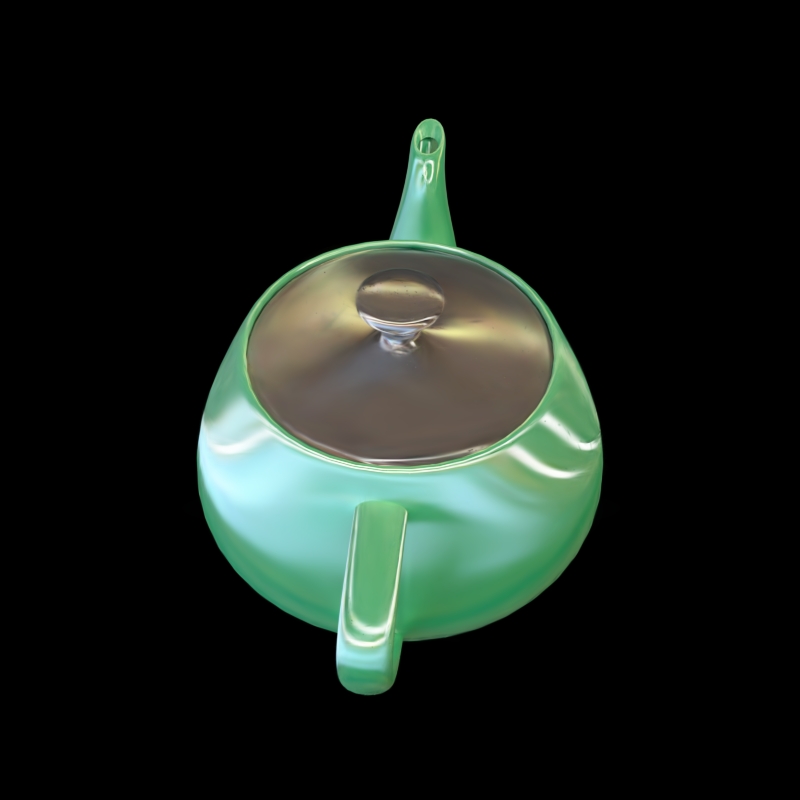

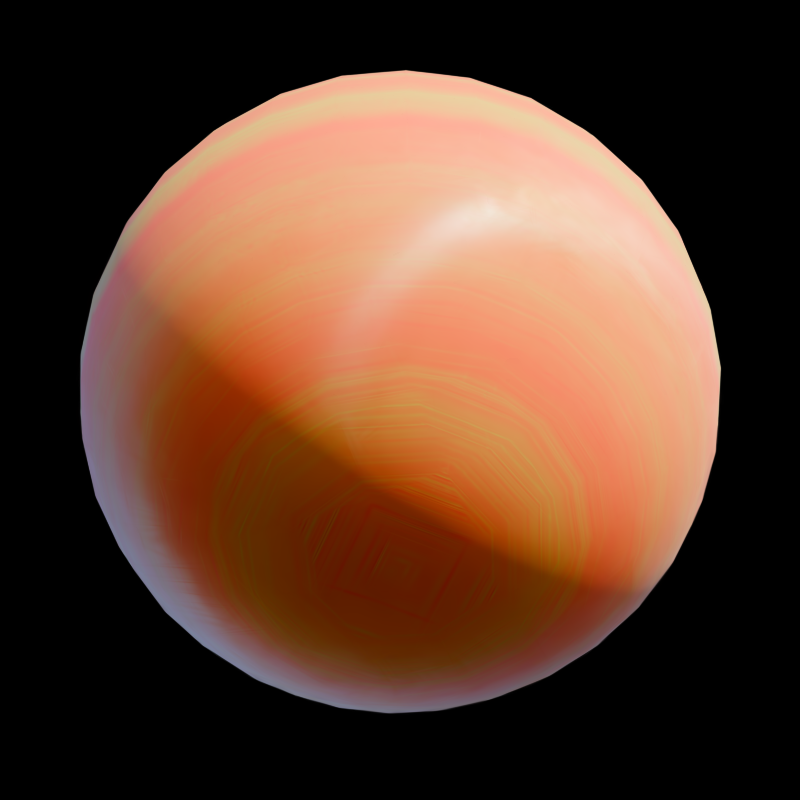

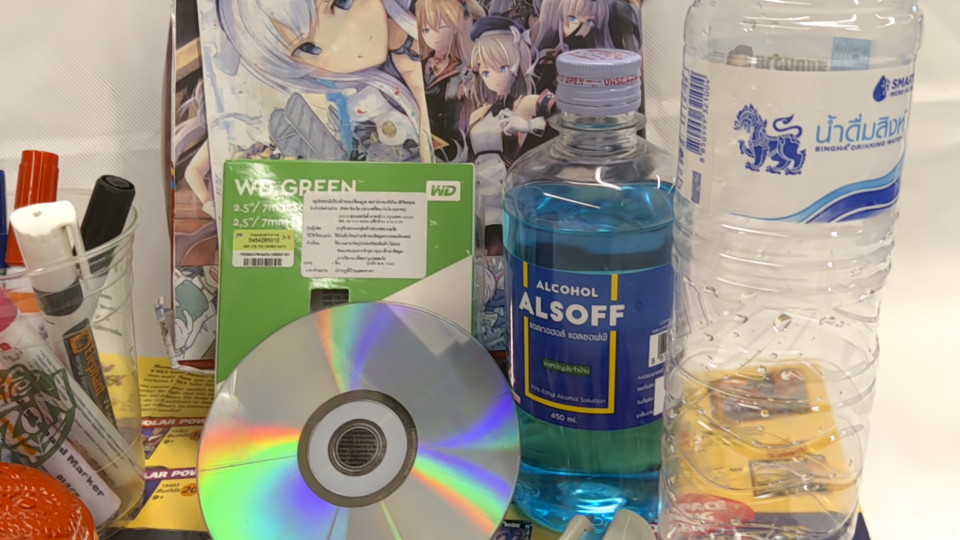
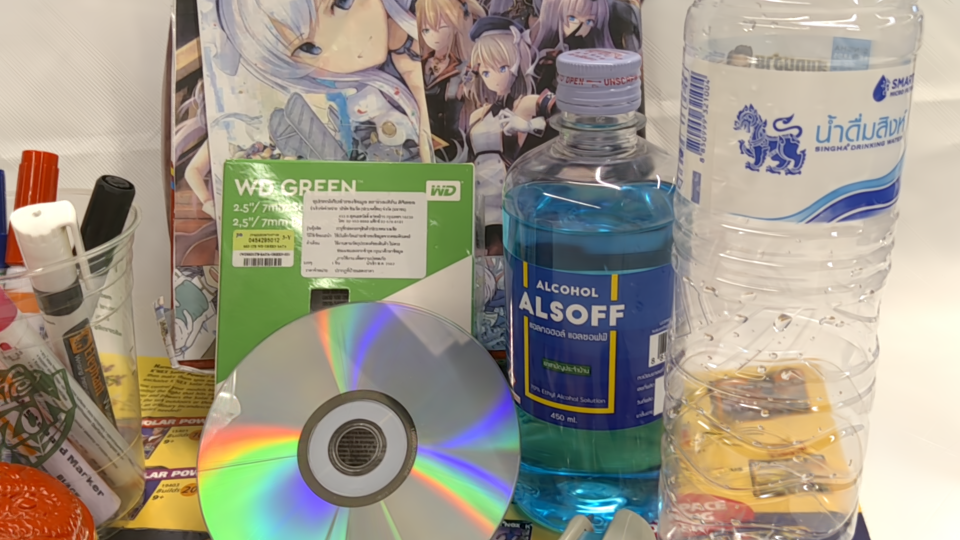
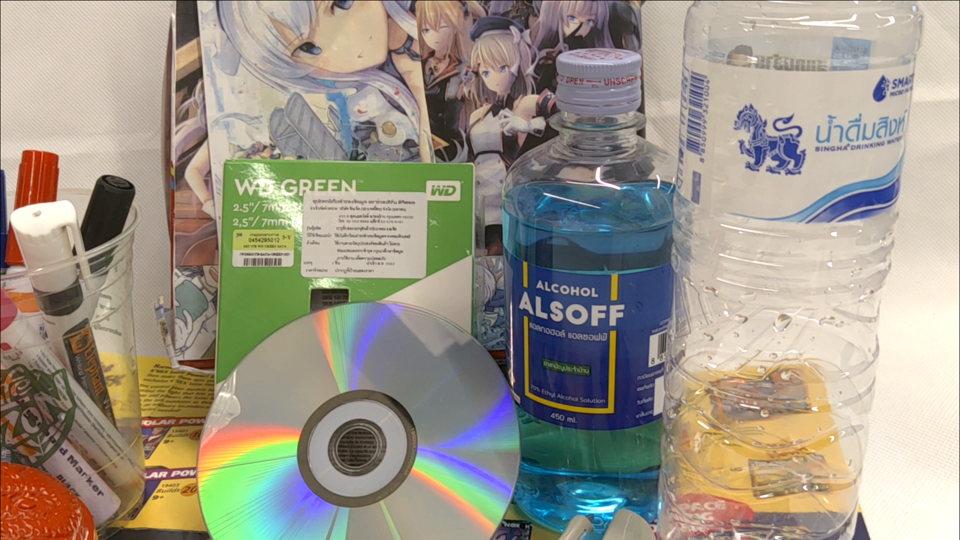

The recent advancements in 3D Gaussian splatting (3D-GS) have not only facilitated real-time rendering through modern GPU rasterization pipelines but have also attained state-of-the-art rendering quality. Nevertheless, despite its exceptional rendering quality and performance on standard datasets, 3D-GS frequently encounters difficulties in accurately modeling specular and anisotropic components. This issue stems from the limited ability of spherical harmonics (SH) to represent high-frequency information. To overcome this challenge, we introduce Spec-Gaussian, an approach that utilizes an anisotropic spherical Gaussian (ASG) appearance field instead of SH for modeling the view-dependent appearance of each 3D Gaussian. Additionally, we have developed a coarse-to-fine training strategy to improve learning efficiency and eliminate floaters caused by overfitting in real-world scenes. Our experimental results demonstrate that our method surpasses existing approaches in terms of rendering quality. Thanks to ASG, we have significantly improved the ability of 3D-GS to model scenes with specular and anisotropic components without increasing the number of 3D Gaussians. This improvement extends the applicability of 3D GS to handle intricate scenarios with specular and anisotropic surfaces.
@article{yang2024spec,
title={Spec-gaussian: Anisotropic view-dependent appearance for 3d gaussian splatting},
author={Yang, Ziyi and Gao, Xinyu and Sun, Yangtian and Huang, Yihua and Lyu, Xiaoyang and Zhou, Wen and Jiao, Shaohui and Qi, Xiaojuan and Jin, Xiaogang},
journal={arXiv preprint arXiv:2402.15870},
year={2024}
}